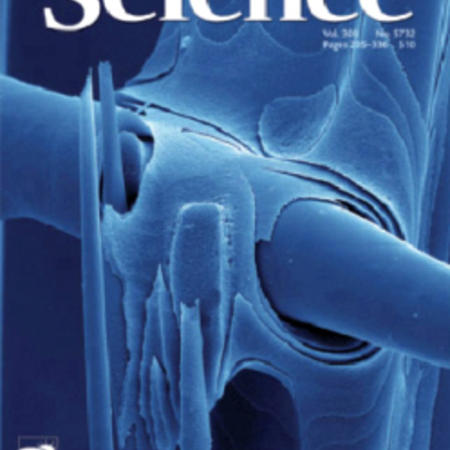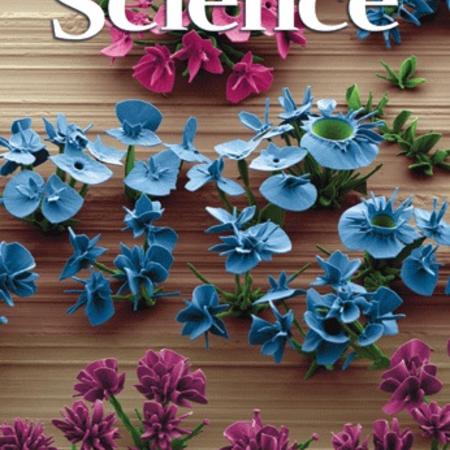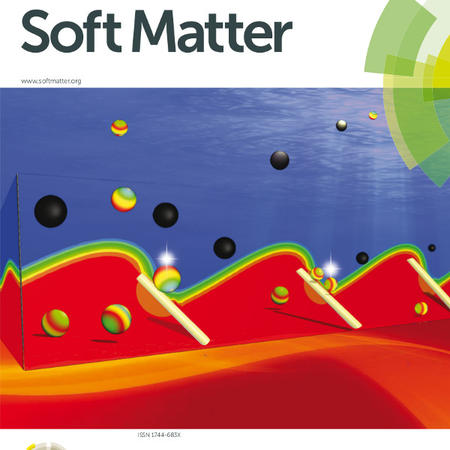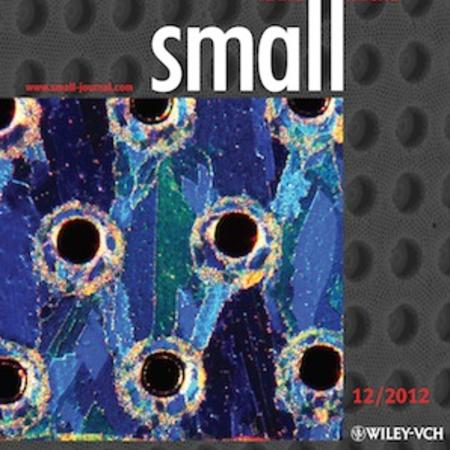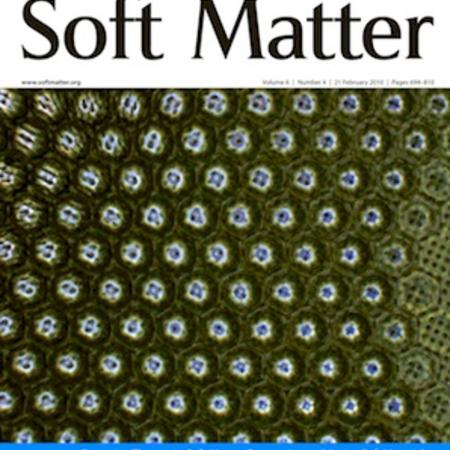Citation:
Abstract:
Flexible and stretchable microscale fluidic devices have a broad range of potential applications, ranging from electronic wearable devices for convenient digital lifestyle to biomedical devices. However, simple ways to achieve stable flexible and stretchable fluidic microchannels with dynamic liquid transport have been challenging because every application for elastomeric microchannels is restricted by their complex fabrication process and limited material selection. Here, a universal strategy for building microfluidic devices that possess exceptionally stable and stretching properties is shown. The devices exhibit superior mechanical deformability, including high strain (967%) and recovery ability, where applications as both strain sensor and pressure-flow regulating device are demonstrated. Various microchannels are combined with organic, inorganic, and metallic materials as stable composite microfluidics. Furthermore, with surface chemical modification these stretchable microfluidic devices can also obtain antifouling property to suit for a broad range of industrial and biomedical applications.
Notes:
F.W., S.C., and B.C. contributed equally to this work. This work was supported by the National Natural Science Foundation of China (No. 21673197), Young Overseas High-level Talents Introduction Plan, the 111 Project (No. B16029), and the Fundamental Research Funds for the Central Universities of China (No. 20720170050). J.A. acknowledges the Department of Energy under Award No. DE-SC0005247 and the Advanced Research Projects Agency-Energy (ARPA-E), U.S. Department of Energy, under Award No. DE-AR0000326. Y.S.Z. acknowledges the National Cancer Institute of the National Institutes of Health Pathway to Independence Award (K99CA201603), the Lush Prize, and the Science and Technology Commission of Shanghai Municipality (STCSM) 17JC 1400200. The authors thank M. Eggersdorfer, H. Meng, and Y. Fan for discussion and help.
